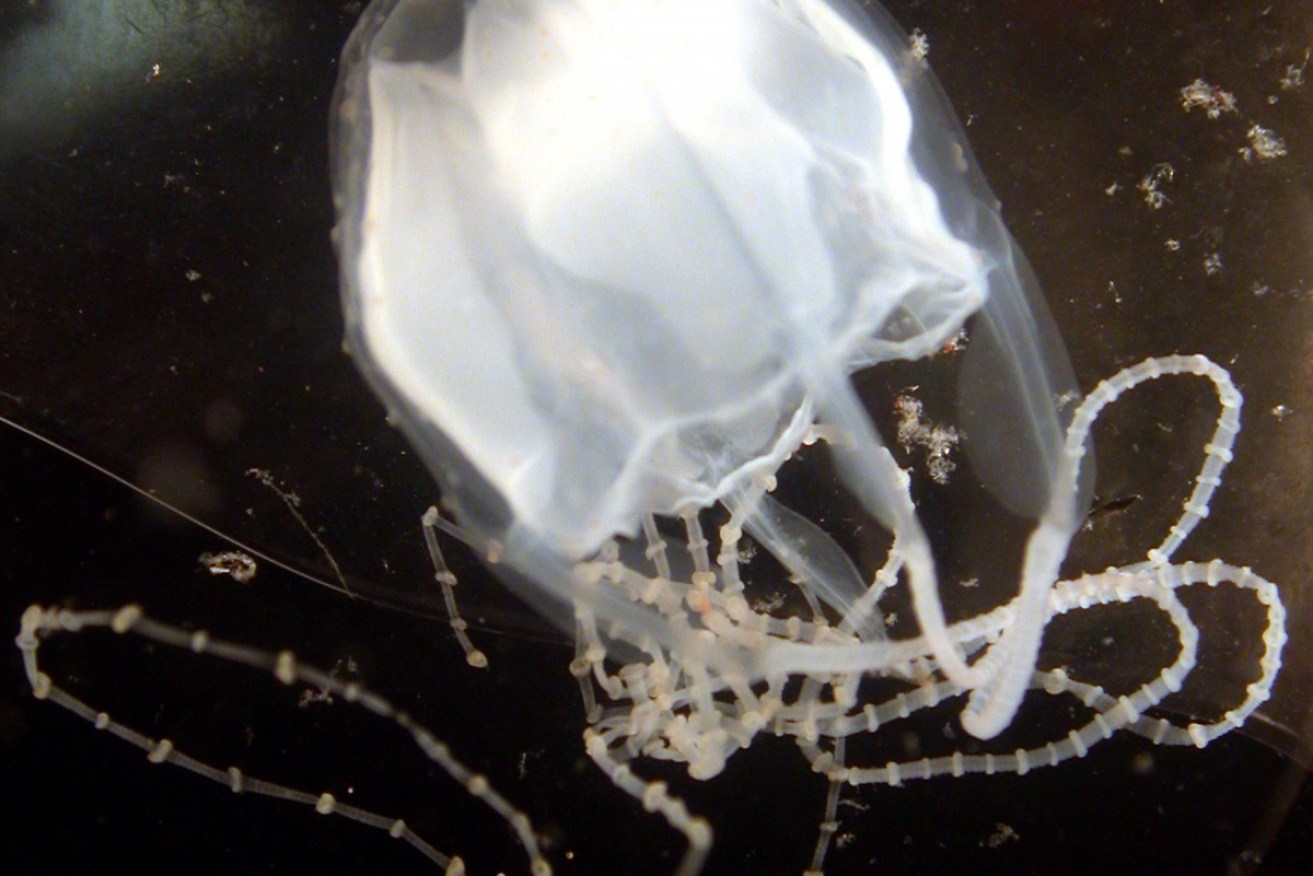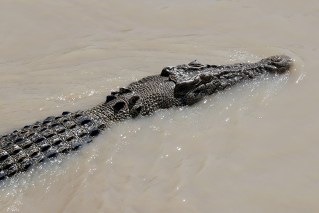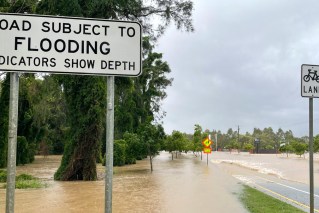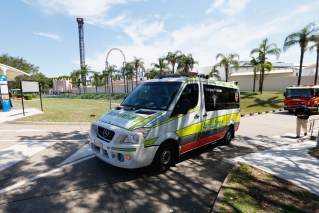Deadly jellyfish migration threatens Queensland tourism hotspots

This is a 10 out of 10 pain that you are going to hang onto for probably six to 12 hours": Associate Professor Jamie Seymour Photo: Getty
Marine experts have reinforced warnings that deadly irukandji jellyfish are moving south and could soon be on Queensland’s popular Sunshine Coast beaches.
It comes after four people were hospitalised on Wednesday and Thursday from irukandji jellyfish stings on the western side of Fraser Island.
RACQ LifeFlight Rescue said the three women and a 12-year-old girl were all in stable conditions in Hervey Bay Hospital.
But James Cook University Associate Professor Jamie Seymour says it shows how the irukandji’s migration south needs to be taken more seriously.
“What we need to do is get a better understanding of the biology of the animal. We’ve got good data now that shows quite nicely that Irukandji have been spreading down the east coast of Australia, moving slowly but surely southwards,” Associate Professor Seymour said.

In 2015 Noosa attracted 2.2 million visitors who generated $700 million in the local economy. Photo: Getty.
And it’s only a matter of time before they get from southern end of Fraser Island to the Sunshine Coast and that’s when things will get interesting.”
Associate Professor Seymour, who is also a specialist in irukandji with the Australian Institute of Tropical Health and Medicine in Cairns, said the move south to Fraser Island, which he has confirmed with sampling, was corresponding to the rising sea temperatures.
“We’ve seen a 1C to 2C rise in the water off the coast in the southern side here and the animals have moved predictably with that,” he said.
He predicts beaches in southeast Queensland will suffer from closures as a result of increasing rates of stings in the coming years.
Associate Professor Seymour said there had been two confirmed deaths from irukandji in recent history in Australia, but dozens of people are hospitalised from irukandji syndrome every year.
He has been stung more than 10 times by the notorious jellyfish, which grows no larger than a thumbnail.
He said the pain was overwhelming.
This is a 10 out of 10 pain that you are going to hang onto for probably six to 12 hours.
Associate Professor Seymour
“There’s usually severe vomiting, nausea, stomach cramps and about 10 to 15 per cent of patients end up with cardiac problems.
“Linked with that is this feeling of impending doom where everything is going to go wrong and there’s nothing you can do to fix it.”

Jamie Seymour has been stung more than 10 times. Photo: AAP.
We need to assess what is going on: tourism body
Queensland Tourism Industry Council chief executive Daniel Gschwind said there was no need to panic about the recent incidents on Fraser Island.
“Sometimes the evidence has to be assessed properly. Because we can’t conclude the irukandji is moving further south just because of a few incidences,” he said.
“Sometimes it may just be a seasonal thing, it may be something that has always happened but not caused any harm before. I think we need to assess what is going on before we unnecessarily harm people.”
But Mr Gschwind said tourism operators would be well informed in the region and he agreed more research was needed into the Irukandji.
“But it’s not up to tourism body to fund that research, it’s up to governments generally and many research funding opportunities are there are for medical research and scientific research,” he said.
– ABC







